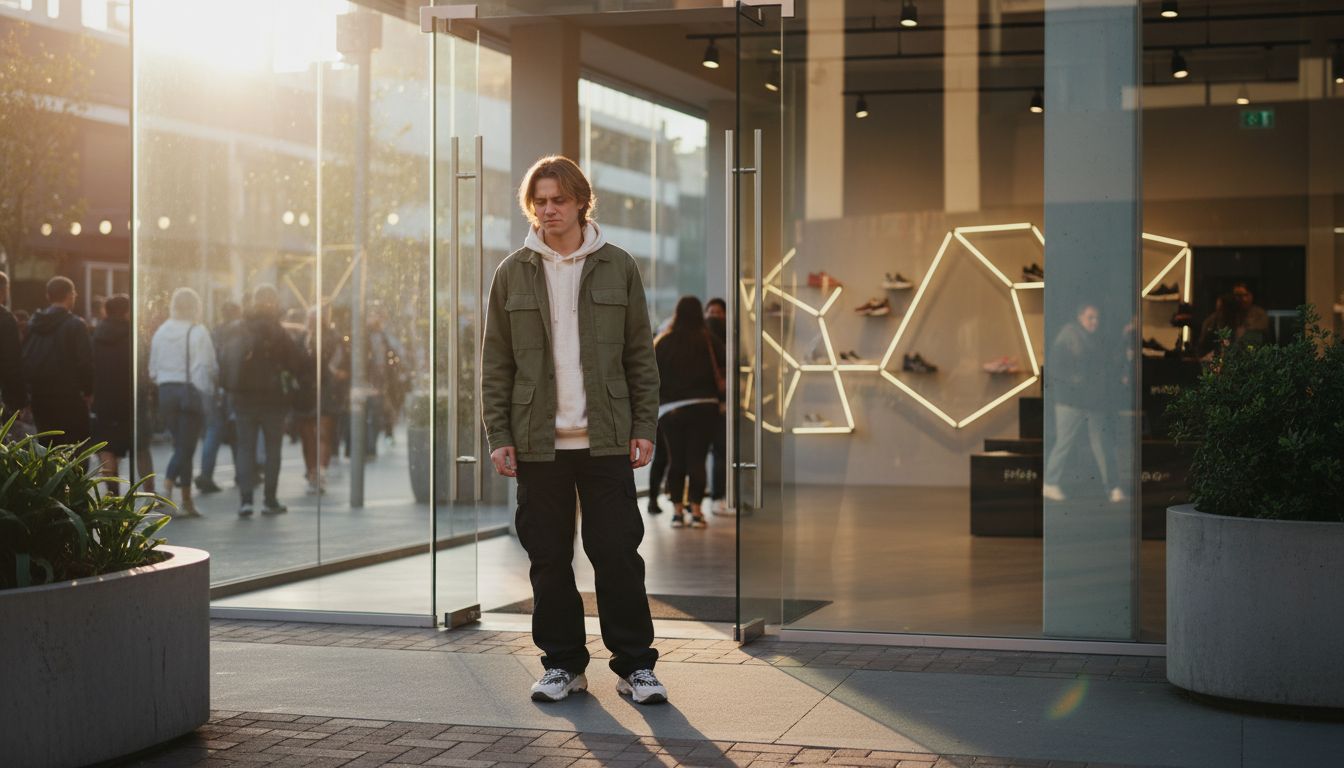Brands, Bakers, and the Secret Weapon of Scent Strategy

Three weeks ago, I walked into a pop-up sneaker store in Auckland’s Britomart and was hit by the smell of toasted marshmallows. Not a subtle whiff. A full-blown, Jetsons-era scent cannon aimed directly at my shopping brain. And it worked. I stuck around longer than I intended, tried on a pair of overpriced high-tops, and Googled 'Nike SB Dunk release calendar' later that evening.
Scent marketing isn’t new, but it’s still treated like a novelty or relegated to luxury hotels and cookie retailers. That’s ridiculous. We spend millions engineering motion graphics for Instagram Stories that disappear in 24 hours, but almost nothing on the one sensory hook that bypasses logic entirely and smacks straight into memory. Any Auckland café with a half-decent cinnamon roll already understands this instinctively. Retail has forgotten.
I did a deep dive. Bakeries see a 29% sales increase when the smell of freshly baked bread is piped to the entry, according to a study by the University of Leuven. Not bread in the window. Not a sign that says “fresh today.” The smell. Just the scent, alone, boosts conversion. Now imagine a local skincare brand crafting a signature in-store aroma that reflects their product’s story. Not lavender. Not eucalyptus. But something emotionally sticky. Marmite and mandarins. Seashells and wet flax. You want someone to remember your brand? Let them smell it.
When we talk about immersive branding, the conversation starts with visuals and lives in logo animations. But maybe it should smell like rain on the Waitākere Ranges. Or sun-warmed leather. If you’re in charge of brand experience in 2024 and not reading perfume blogs on your lunch break, you may be missing your most potent weapon. Stick that in your CX strategy and sniff it.
Scent marketing isn’t new, but it’s still treated like a novelty or relegated to luxury hotels and cookie retailers. That’s ridiculous. We spend millions engineering motion graphics for Instagram Stories that disappear in 24 hours, but almost nothing on the one sensory hook that bypasses logic entirely and smacks straight into memory. Any Auckland café with a half-decent cinnamon roll already understands this instinctively. Retail has forgotten.
I did a deep dive. Bakeries see a 29% sales increase when the smell of freshly baked bread is piped to the entry, according to a study by the University of Leuven. Not bread in the window. Not a sign that says “fresh today.” The smell. Just the scent, alone, boosts conversion. Now imagine a local skincare brand crafting a signature in-store aroma that reflects their product’s story. Not lavender. Not eucalyptus. But something emotionally sticky. Marmite and mandarins. Seashells and wet flax. You want someone to remember your brand? Let them smell it.
When we talk about immersive branding, the conversation starts with visuals and lives in logo animations. But maybe it should smell like rain on the Waitākere Ranges. Or sun-warmed leather. If you’re in charge of brand experience in 2024 and not reading perfume blogs on your lunch break, you may be missing your most potent weapon. Stick that in your CX strategy and sniff it.